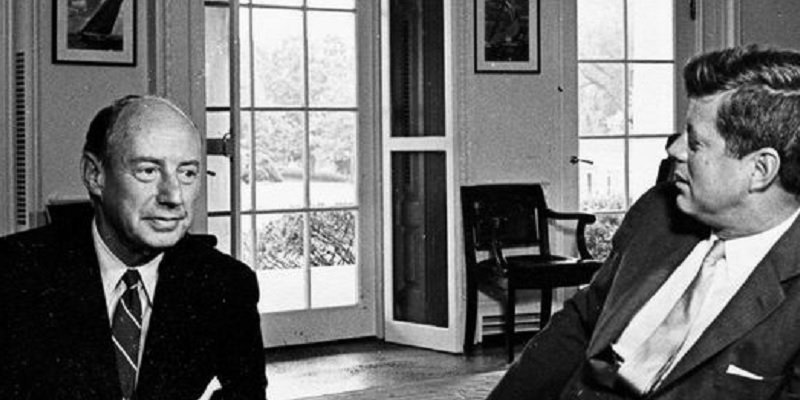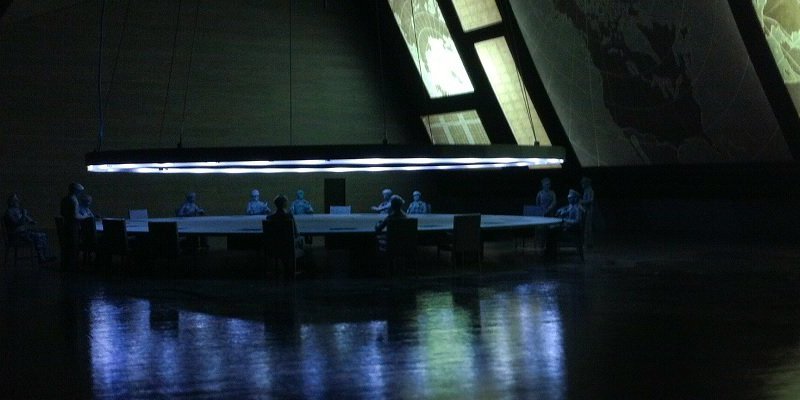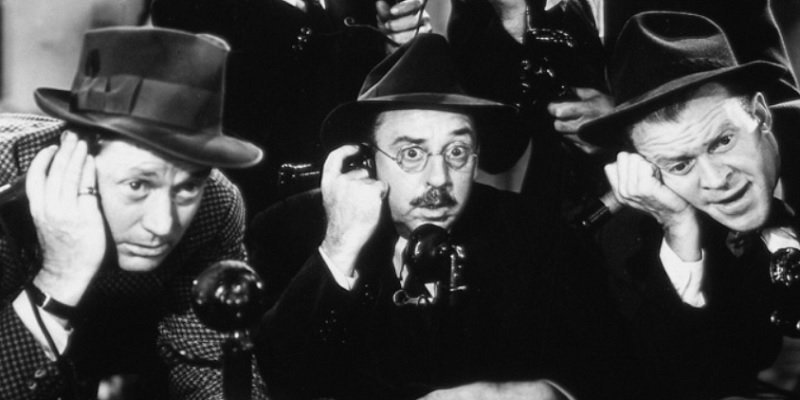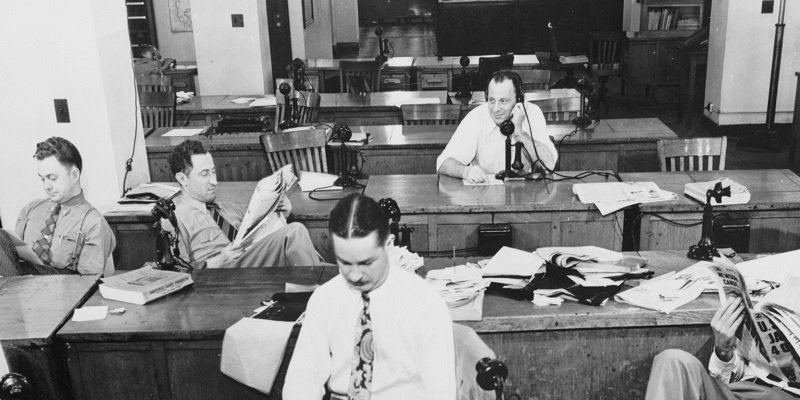9283 Tags
ray cline
5 Articles

CIA file confirms the White House’s role in “The Adlai Stevenson Affair”
The details of the negotiations and planning surrounding the Cuban Missile Crisis have long been the subject of some contention for historians, with some of the most influential and enduring accounts contradicting what the tapes of those planning sessions tell us. Almost immediately after the Cuban Missile Crisis resolved, rumors began floating around Washington D.C. that the narrative that emerged was the handiwork of President John Fitzgerald Kennedy in an effort to force the resignation of Adlai Stevenson, Kennedy’s Ambassador to the United Nations. A Central Intelligence Agency chronology, originally classified SECRET and recently released to MuckRock, confirms that the architect of this historical revisionism was, in fact, Kennedy - and reveals that denials of this were based on nothing more than word games.

Don’t call it the Deep State: CIA archive reveals existence of secret network of ex-spies
A document in Central Intelligence Agency’s archive points to the existence of an unofficial “Common Interest Network” of retired intelligence officers. The network, also known as CIN - “as in living-in-sin” according to one of its founders - exists to coordinate the efforts of different organizations. Described as “an unofficial Intelligence Community,” it doesn’t exist except as an abstract, with no chairman, no agenda, and “not even the formality of a rotating host list.” Yet it exists, meeting to discuss influencing Congress and the press, to successfully attack the Freedom of Information Act, and to coordinate the efforts of the organizations that make up the Common Interest Network.

The CIA’s private press pool was a secret even inside the Agency
On September 17th in 1965, an odd memo was sent within the CIA praising nearly a decade’s worth of unofficial briefings with the press. Seemingly out of the blue, numerous contacts between Ray Cline, CIA’s Deputy Director for Intelligence, and the press were suddenly admitted and enumerated. When the memo was first discovered, it was unclear what prompted it, however another, recently unearthed memo implies that it came about because of a threat from a member of the Agency’s private press pool.

One of the CIA’s private press contacts was a suspected Soviet spy
As previously discussed, senior CIA analyst Ray Cline covertly accumulated a number of press contacts whom he provided information to in order to ‘improve rapport, understanding and the Agency’s public image.’ While some of the people on the list were well credentialed and had pasts or futures associated with the U.S. Intelligence Community, documents reveal that at least one of the press contacts briefed by Ray Cline was a suspected foreign agent.

Memo offers a look into the CIA’s private press pool
While most people with an interest in the history of CIA will have heard of “Operation Mockingbird,” which weaponized the press for propaganda purposes through the “Office of Policy Coordination,” there is another side to program that’s much less well-known. A declassified memo from 1965 reveals a network of journalists that regularly received intelligence from Ray S. Cline, one of CIA’s senior analysts and at that time the Deputy Director of the Directorate of Intelligence.